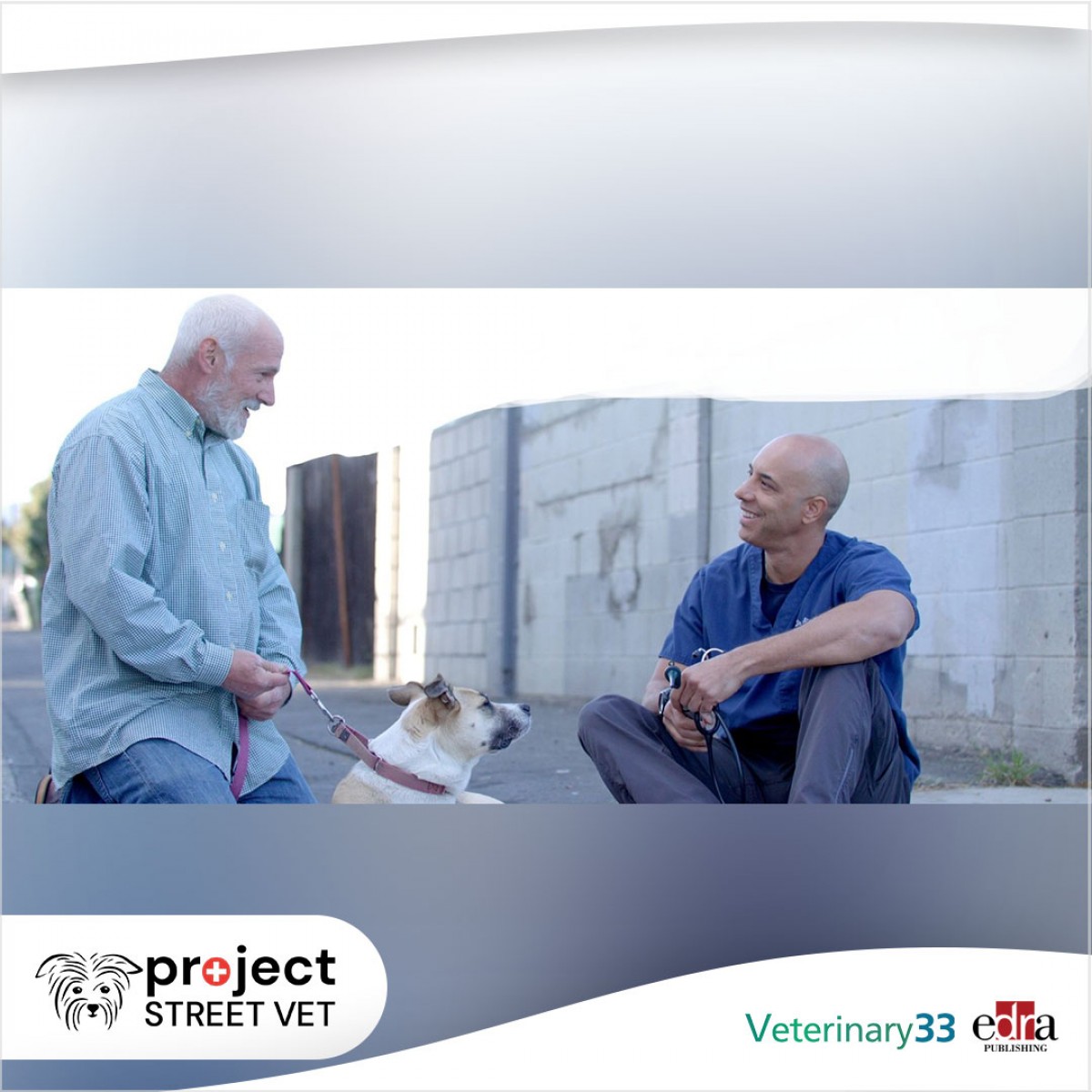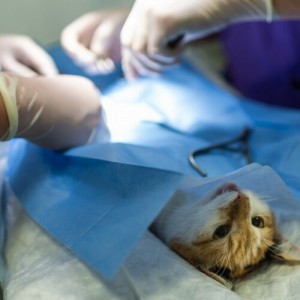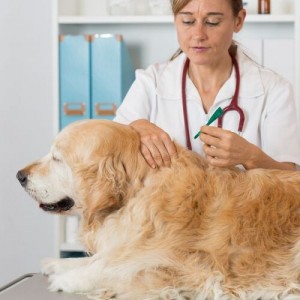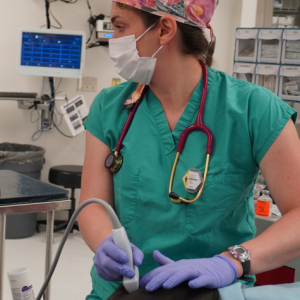Using the Health Belief Model to understand intention to vaccinate for Lyme disease in the United States
Aims
A growing number of Lyme disease (LD) cases in the U.S. are reported in states neighbouring those with high-incidence (>10 cases per 100,000 population) rates. Considering the evolving epidemiology, high-incidence counties in many of these “neighbouring states,” and the forthcoming vaccines, understanding the drivers of vaccination intention is critical, particularly how drivers of intention in neighbouring states vary relative to regions currently classified as high incidence.
This study uses the Health Belief Model (HBM) to determine the key drivers associated with vaccine intention for U.S. adults and caregivers of children residing in neighbouring states.
Methods and Results
Using an established panel with quotas for age, sex, race/ethnicity and urbanity, we surveyed 887 adults and 822 caregivers of children residing in U.S. neighbouring states. Survey items included measures of intention and HBM constructs, all of which were assessed using 5-point Likert scales. We subsequently used structural equation modelling to understand the influence of the HBM constructs on LD vaccine intention.
Estimates from structural equation modelling show that the HBM constructs explain much of the variation in intention to vaccinate against LD. Intentions to vaccinate for both adults and caregivers are positively influenced by cues to action, perceived susceptibility of LD, and perceived benefits to vaccination. Both are also negatively influenced by perceived barriers to vaccination. The caregiver's intention to vaccinate is also positively influenced by the perceived severity of LD.
Conclusion
The intention to vaccinate for respondents residing in LD neighbouring states is strongly influenced by recommendations from healthcare providers or the Centers for Disease Control and Prevention (CDC). As incidence rises in neighbouring states and the need to prevent disease becomes more overt, public health officials should strongly recognize the influence of healthcare providers and CDC recommendations on intention to vaccinate against LD.
Impacts
- Lyme disease incidence in states bordering those with high incidence has been increasing. To ensure an efficient and effective public health programme if any of these states were to emerge as high incidence in the future, understanding the vaccination intention of residents of these neighbouring states will be critical.
- In this study, we applied the Health Belief Model to Lyme disease vaccination intention for adults and caregivers of children residing in states bordering those with high incidence.
- We found that cues to action had the largest influence on vaccine intention for adults and caregivers, highlighting the critical role of healthcare providers and public health authorities.
Authors: L. Hannah Gould, James H. Stark, Brandon McFadden, Niyati Patel, Patrick H. Kelly, Jason Riis
Source: https://onlinelibrary.wiley.com/













List
Add
Please enter a comment